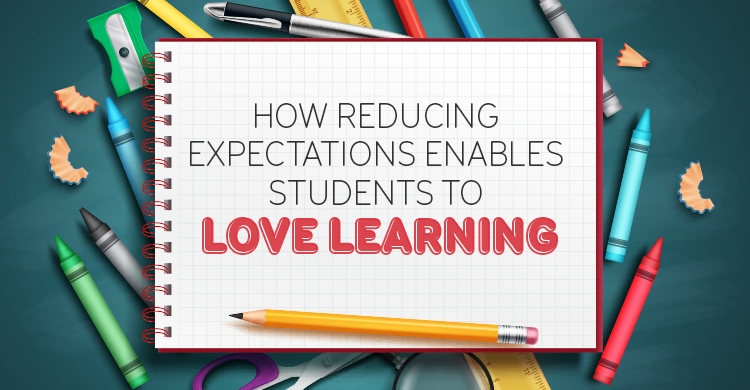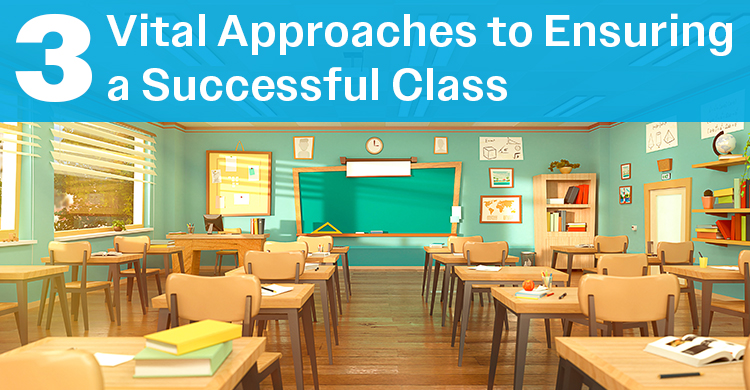How Reducing Expectations Enables Students To Love Learning
As a child in an impoverished, remote Chinese village on the eve of the Cultural
Read More

As a child in an impoverished, remote Chinese village on the eve of the Cultural
Read More
Ever wonder what sparks a writer’s creativity—or what goes on in the mind of an
Read More
Learn to love the superiority of And over Or There are more than 5 million
Read More
As a new teacher, your first year may come with unexpected challenges. Our beginning teacher
Read More
How to reframe academic and behavioral challenges As I travel and interact with colleagues at
Read More